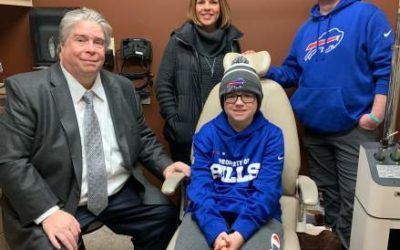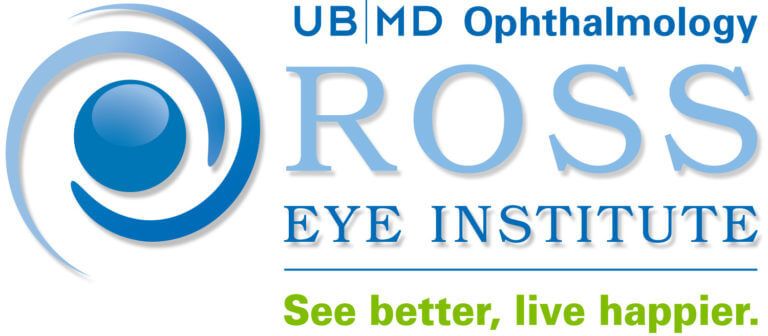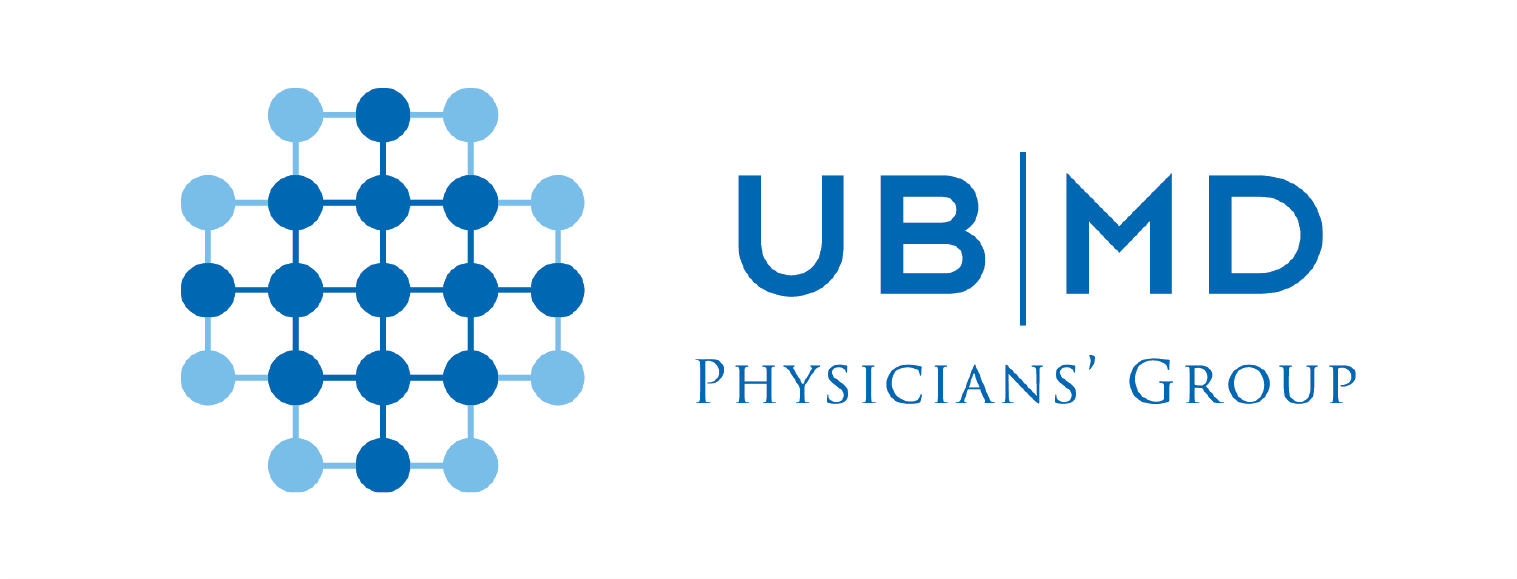What Is the Difference Between a LASIK Procedure and a SMILE Procedure?
What Is the Difference Between a LASIK Procedure and a SMILE Procedure?

Refractive surgery has optimized how we correct vision problems, offering alternatives to glasses and contact lenses. LASIK (Laser-Assisted In-Situ Keratomileusis) and SMILE (Small Incision Lenticule Extraction) are two of the most popular laser-based procedures.
Read on to learn about each procedure, their differences, and how to determine which might be better for you.
What Is LASIK?
Laser-Assisted In Situ Keratomileusis is a surgical procedure that uses a laser to correct vision issues like nearsightedness, farsightedness, and astigmatism. During the procedure, a surgeon uses a laser to reshape the cornea, the clear front part of the eye, to improve how light is focused onto the retina. This treatment can significantly reduce the need for glasses or contact lenses.
What Is SMILE?
Small-incision Lenticule Extraction is a modern type of laser eye surgery used to correct refractive errors. Refractive errors include myopia (nearsightedness), hyperopia (farsightedness), astigmatism (blurred vision at all distances), and presbyopia (difficulty focusing on close objects), but SMILE is typically used only to treat myopia and astigmatism.
Differences Between LASIK and SMILE
When deciding between LASIK and SMILE, it's important to know their key differences in technique, recovery, and suitability for vision issues. Understanding these can help you choose the right procedure for your needs:
Procedure
LASIK involves creating a flap in the cornea using a femtosecond laser. The flap is lifted, and an excimer laser reshapes the underlying corneal tissue to correct vision. After the reshaping, the flap is repositioned. This procedure is relatively more invasive compared to SMILE due to the creation of the corneal flap and typically takes about 5 minutes per eye.
SMILE uses a femtosecond laser to create a small disc-shaped piece of tissue (lenticule) within the cornea, which is removed through a small incision. This reshapes the cornea without creating a flap, making it less invasive. The procedure usually takes between 3 to 5 minutes per eye.
Conditions Treated
Astigmatism, hyperopia, and myopia conditions can be treated with LASIK. This gives it treatment flexibility and makes it fit for a wider spectrum of vision problems.
The applications of SMILE are more limited; it mainly treats astigmatism and myopia. It doesn't address hyperopia, which might be a decisive factor for people who require farsightedness treatment.
Recovery and Healing
LASIK offers a quick initial recovery of 24-48 hours, but complete visual stabilization and healing can take 3-4 weeks. Post-operative care is needed to monitor healing and dryness.
SMILE also has an initial recovery time of 24-48 hours, with total healing taking a similar duration to LASIK. However, post-operative care tends to be less intensive since there is no corneal flap to manage, potentially reducing the risk of certain complications.
Side Effects
Refractive surgery, like LASIK, may result in intricacies related to the flap, such as dislocation or infection. Additionally, it can cause common side effects like dry eyes and temporary visual disturbances, such as halos and glare. These effects are easy to manage.
With a lower risk of dry eyes than LASIK, SMILE surgery can avoid flap-related difficulties altogether. While it still carries some risk of visual disturbances during the healing process, these tend to be less severe.
Ideal Candidates
LASIK is suitable for individuals aged 18 and older with stable vision for at least a year. It requires a thicker cornea to accommodate the creation of the flap, which can exclude some candidates with thinner corneas.
SMILE is recommended for individuals aged 22 and older with stable vision for at least a year. It is often suitable for those with thinner corneas, expanding the range of candidates who can undergo this procedure.
Availability and Surgeon Experience
Many skilled surgeons perform LASIK, and it is readily available. Due to its well-established technology and lengthy history, patients frequently choose laser eye surgery.
Being a newer technology, fewer surgeons have extensive experience performing the SMILE procedure. This can limit its availability, although it is becoming more common as more surgeons are trained in this technique.
Cost
LASIK typically costs between $2400 and $3,000 per eye, making it a slightly more affordable option for many patients.
SMILE tends to be more expensive, ranging from $2,500 to $3,500 per eye. The higher cost reflects its newer technology and potentially less widespread availability.
Outcomes
LASIK and SMILE offer similar outcomes in vision correction, with most patients achieving 20/30 vision or better and many reaching 20/20 vision. The effectiveness of each procedure is comparable, with slight variations depending on individual cases.
Making the Decision
Choosing between LASIK and SMILE largely depends on individual factors, including the specific refractive error, corneal thickness, and lifestyle needs. The best way to determine whether LASIK or SMILE suits you is to consult an experienced ophthalmologist.
Throughout the assessment, your ophthalmic physician will assess your refractive error and overall eye health, map your cornea and measure its thickness, discuss your lifestyle and vision goals, and evaluate any conditions that may affect healing, such as dry eye or autoimmune disorders. Based on this comprehensive evaluation, your doctor will recommend the procedure that aligns best with your needs.
Getting Better Vision
LASIK and SMILE are effective, FDA-approved procedures for correcting refractive errors and achieving clearer vision. Both treatment methods have excellent success rates and can dramatically improve quality of life by lowering reliance on glasses or contact lenses.
If you want to correct your vision problems with effective laser treatment options, our team at Ross Eye Institute can help. Schedule your consultation with us to learn more.





Contact Us
We will get back to you as soon as possible.
Please try again later.
BUFFALO NIAGARA
F: 716-881-4349
Office Hours:
Monday - Friday: 8:00 am - 4:30 pm
SOUTHTOWNS OFFICE
F: 716-677-6507
Office Hours:
Monday - Friday: 8:00 am - 4:30 pm
BUFFALO NIAGARA
F: 716-881-4349
Office Hours:
Monday - Friday: 8:00 am - 4:30 pm
SOUTHTOWNS OFFICE
F: 716-677-6507
Office Hours:
Monday - Friday: 8:00 am - 4:30 pm


© 2024. Ross Eye Institute.
The Ross Eye Institute website makes every attempt to comply with The Americans with Disabilities Act (ADA) of 1990. If you are using a screen reader and are having problems using this website, please call for assistance.

